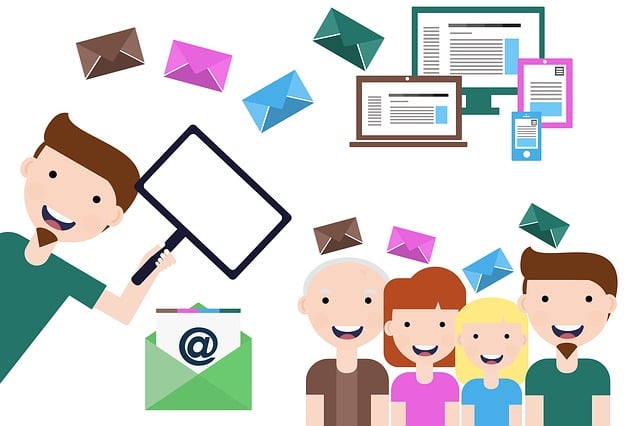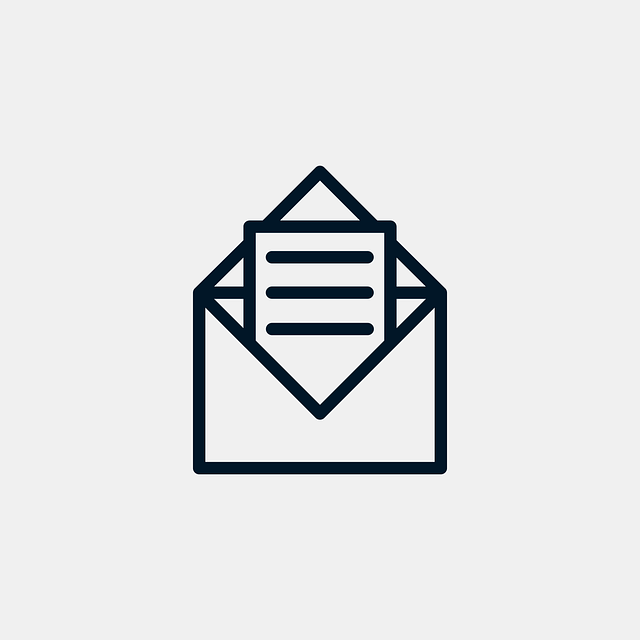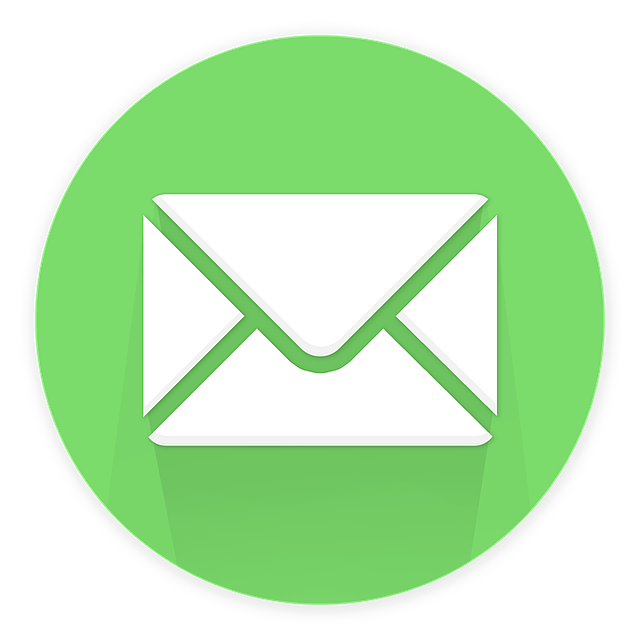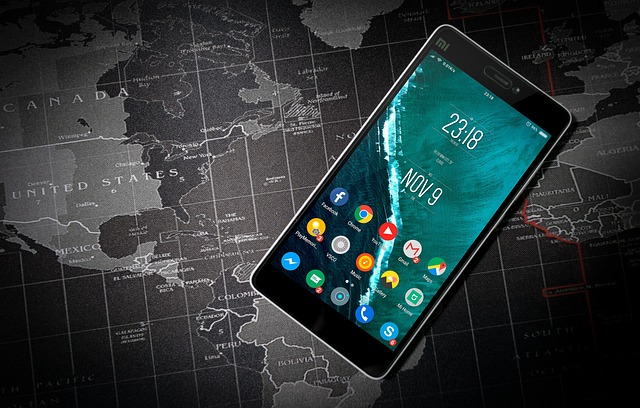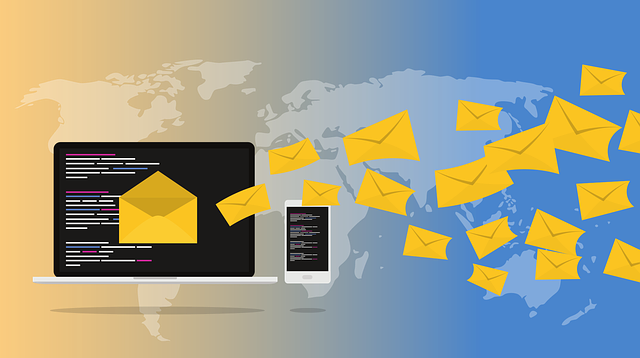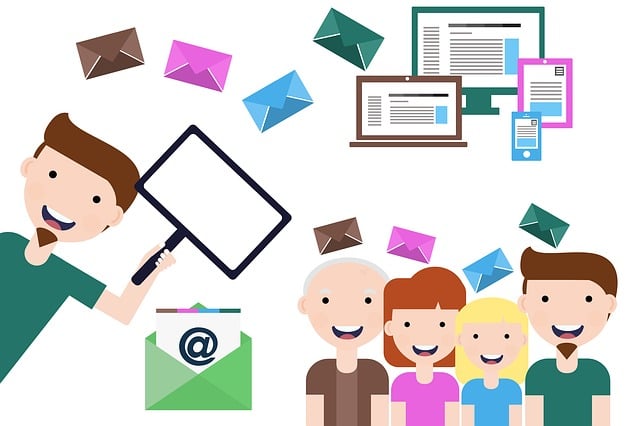Are you looking to maximize the effectiveness of your mobile app marketing campaigns? Well, you’re in luck! In this article, we’ll explore the age-old debate of email marketing automation versus manual campaigns and help you determine which approach is ideal for your mobile app.
When it comes to reaching your goals and objectives, understanding the pros and cons of each method is crucial. Email marketing automation offers the convenience of streamlining your campaigns, saving you time and effort. On the other hand, manual campaigns allow for a more personalized touch, enabling you to tailor your messages to individual users.
Consider your budget and resources as well. While automation may require an initial investment, it can yield significant returns in terms of increased efficiency and scalability. Manual campaigns, although more time-consuming, can be more cost-effective for smaller businesses with limited resources.
Furthermore, the level of personalization and segmentation needed should also be taken into account. Automation excels in delivering targeted content to specific user segments, while manual campaigns allow for a more hands-on, personalized approach.
So, which method should you choose? Stay tuned as we delve into the pros and cons of each approach, providing you with the data-driven insights you need to make an informed decision.
Key Takeaways
- Email marketing automation offers convenience and time-saving benefits
- Manual campaigns allow for personalized touch and cost-effectiveness
- Consider budget, time, expertise, and flexibility when choosing an approach
- Personalization and segmentation increase engagement and resonate with users
Understand Your Goals and Objectives
Before diving into the world of email marketing automation or manual campaigns for your mobile app, it’s crucial to fully understand your goals and objectives. Setting clear objectives is the first step in creating an effective email marketing strategy.
Are you looking to increase app downloads, improve user engagement, or drive sales? Analyzing data from your app can help you identify areas where email marketing can make the most impact. Look at metrics like user behavior, conversion rates, and churn rates to gain insights into your audience’s preferences and pain points.
By aligning your email marketing efforts with your goals and leveraging data-driven strategies, you can create personalized and targeted campaigns that resonate with your mobile app users.
Now, let’s explore the pros and cons of email marketing automation.
Pros and Cons of Email Marketing Automation
When it comes to email marketing, automation offers several advantages.
First, it can significantly increase efficiency and scalability, allowing you to reach a larger audience with less effort.
Second, automation provides personalized and segmented options, enabling you to tailor your messages to specific customer groups for better engagement.
However, it’s important to note that there is a potential downside to automation, as it may lead to decreased engagement and deliverability issues if not properly managed.
Increased efficiency and scalability
By utilizing email marketing automation, mobile apps are able to achieve increased efficiency and scalability, allowing them to reach a wider audience and maximize their growth potential. Here are four reasons why email marketing automation is beneficial for mobile apps:
-
Increased effectiveness: With automation, mobile apps can send personalized and targeted emails to their users based on their behavior, interests, and preferences. This leads to higher engagement and conversion rates.
-
Improved targeting: Automation enables mobile apps to segment their audience and send tailored emails to specific user groups. This ensures that the right message reaches the right people at the right time, resulting in better customer satisfaction and retention.
-
Time-saving: Automation eliminates the need for manual campaign management, freeing up time for mobile app developers to focus on other important tasks such as app development and customer support.
-
Scalability: Email marketing automation allows mobile apps to scale their email campaigns effortlessly, regardless of the size of their user base. This means that as the app grows, the email marketing efforts can keep up without any additional manual effort.
With increased efficiency and scalability, mobile apps can now explore the personalization and segmentation options that email marketing automation offers.
Personalization and segmentation options
You might think that personalization and segmentation options for reaching your audience are just luxuries, but let me tell you, they’re essential if you want your mobile app to stand out in a sea of competition.
With email marketing automation, you can implement effective personalization strategies that make your messages feel tailored to each individual user. By segmenting your audience based on their preferences, behaviors, and demographics, you can deliver targeted content that resonates with them and increases engagement.
Moreover, automation tools offer advanced targeting options, allowing you to send emails at the right time and to the right people, maximizing the chances of conversion. So don’t underestimate the power of personalization and segmentation in your email campaigns. By using these strategies, you can ensure that your mobile app stands out and attracts the attention it deserves.
However, it’s important to consider the potential for decreased engagement and deliverability issues when relying solely on automation.
Potential for decreased engagement and deliverability issues
Don’t overlook the potential drawbacks of relying heavily on automation for personalization and segmentation in order to maintain engagement and deliverability. While automation can streamline processes and save time, it also has the potential to lead to decreased engagement and deliverability issues. Here are four reasons why:
-
Lack of personal touch: Automated campaigns may lack the personalization and human touch that manual campaigns can offer, making it harder to connect with your audience.
-
Over-reliance on data: Relying solely on data-driven automation can limit creativity and fail to capture the unique preferences and behaviors of individual users.
-
Increased risk of errors: Automation can lead to technical glitches and errors that may negatively impact the overall user experience, leading to decreased engagement.
-
Deliverability challenges: Overusing automation can increase the likelihood of your emails being marked as spam, resulting in deliverability issues and lower open rates.
Understanding these potential issues is crucial when considering the pros and cons of manual campaigns.
Pros and Cons of Manual Campaigns
One interesting statistic about manual campaigns is that they can lead to a 30% increase in open rates compared to automated campaigns. This is because manual campaigns allow for more personalization and customization, which can make the emails feel more relevant and engaging to the recipients.
Additionally, manual campaigns give you more control over the timing and frequency of your emails, allowing you to optimize for maximum impact. However, manual campaigns can also be more time-consuming and require more resources to set up and execute.
It’s important to weigh the pros and cons of manual campaigns to determine if they’re the right fit for your mobile app. Consider your budget and resources, as well as the effectiveness of manual campaigns, to make an informed decision.
Consider Your Budget and Resources
Consider the financial resources and team capabilities you have available before deciding on the most suitable approach for promoting your app. When it comes to email marketing, budget constraints and resource allocation are important factors to consider.
Here are some things to think about:
-
Cost: Email marketing automation platforms can be expensive, especially if you have a large subscriber base. Manual campaigns may be more cost-effective if you have a limited budget.
-
Time: Automating campaigns can save you time and effort, allowing you to focus on other aspects of your app. However, manual campaigns require more hands-on work and attention to detail.
-
Expertise: Automation requires technical knowledge and skills to set up and maintain. Manual campaigns may be more suitable if your team lacks the necessary expertise.
-
Flexibility: Manual campaigns offer more flexibility in terms of customization and personalization.
Considering your budget and resources, determine the level of personalization and segmentation needed for your email marketing campaigns.
Determine the Level of Personalization and Segmentation Needed
To determine the level of personalization and segmentation you need for your email promotions, assess your budget and available resources. It’s crucial to invest in data analysis for email marketing as it allows you to gain valuable insights into your audience’s preferences and behaviors.
By analyzing the data, you can tailor your email campaigns to deliver personalized content that resonates with each recipient. However, it’s important to strike a balance between personalization and privacy. While customers appreciate personalized emails, they also have concerns about their privacy.
Therefore, ensure that you comply with data protection regulations and give your subscribers the option to control their preferences. By finding the right balance, you can create effective email campaigns that engage your audience and respect their privacy.
Make an informed decision based on your specific needs to achieve optimal results.
Make an Informed Decision Based on Your Specific Needs
When making a decision about the level of personalization and segmentation needed for your email marketing strategy, it’s important to consider the complexity of your overall strategy.
Assessing the scalability and growth potential of your mobile app is also crucial in order to determine the most effective approach.
By evaluating these factors, you can make an informed decision that aligns with your specific needs and maximizes the impact of your email marketing campaigns.
Consider the complexity of your email marketing strategy
Take into account the intricacy of your email marketing strategy to determine the most effective approach for your mobile app.
Complexity management is crucial when deciding between email marketing automation and manual campaigns. Automation offers several benefits, such as time-saving, increased efficiency, and personalized customer experiences.
It allows you to streamline your email marketing efforts by automating repetitive tasks and targeting specific segments of your audience. By leveraging automation, you can send triggered emails based on user behavior, such as welcome emails, abandoned cart reminders, or personalized recommendations.
This level of personalization can significantly enhance user engagement and drive conversions. However, it’s important to evaluate the scalability and growth potential of your mobile app. Consider whether automation can accommodate your app’s future needs and adapt to changing market trends.
By considering these factors, you can make an informed decision about the best email marketing approach for your mobile app.
Evaluate the scalability and growth potential of your mobile app
Consider evaluating the scalability and growth potential of your mobile app to ensure its long-term success and adaptability.
Scalability evaluation involves assessing whether your app can handle an increase in users and data without performance issues. This is crucial because as your user base grows, your email marketing campaigns need to be able to handle the increased demand.
Additionally, growth potential assessment is essential to understand the potential for your app to attract new users and expand its reach. By analyzing market trends, user feedback, and competitor strategies, you can identify opportunities for growth and tailor your email marketing campaigns accordingly.
Ensuring scalability and assessing growth potential will enable you to make informed decisions about the level of automation needed in your email marketing strategy for optimal results.
Frequently Asked Questions
How can I determine the specific goals and objectives for my mobile app’s email marketing campaign?
To determine the specific goals and objectives for your mobile app’s email marketing campaign, start by assessing what you want to achieve. Consider factors like increasing user engagement, driving app downloads, or promoting in-app purchases.
Set measurable targets, such as a specific number of new users or a certain increase in revenue. Use data-driven insights to inform your decisions and track your progress.
By defining clear goals and objectives, you can create a focused and effective email marketing campaign for your mobile app.
What are some potential drawbacks of using email marketing automation for mobile app campaigns?
While email marketing automation for mobile app campaigns can be efficient, it’s important to consider potential drawbacks.
One potential drawback is the lack of personalization and customization that comes with automation. Automated campaigns may not be able to adapt to the specific goals and objectives you’ve set for your mobile app’s email marketing campaign.
Additionally, there is a risk of appearing impersonal or spammy to your audience, which can negatively impact engagement and conversions.
It’s crucial to strike a balance between automation and personalization to maximize the success of your mobile app campaign.
Are there any advantages to using manual campaigns for mobile apps that may not be mentioned in the article?
Advantages of using manual campaigns for mobile apps include greater control over the content and timing of your messages. With manual campaigns, you can personalize your messages to target specific segments of your audience, resulting in higher engagement and conversion rates.
Additionally, manual campaigns allow for more flexibility in testing different strategies and optimizing your campaigns based on real-time data. However, it’s important to note that manual campaigns may require more time and resources to manage, which can be a limitation for some businesses.
How can I accurately assess the budget and resources required for implementing an email marketing campaign for my mobile app?
To accurately assess the budget and resources required for implementing an email marketing campaign for your mobile app, consider a few key strategies.
Firstly, analyze your target audience and determine the size of your email list. This will help you estimate the cost of email service providers and any additional tools you may need.
Secondly, factor in the time and effort needed to create engaging content and design impactful email templates.
Lastly, monitor your campaign’s performance using metrics like open rates, click-through rates, and conversion rates to optimize your budget allocation and resource utilization.
What factors should I consider when deciding the level of personalization and segmentation needed for my mobile app’s email marketing?
When deciding the level of personalization and segmentation needed for your mobile app’s email marketing, there are several factors to consider.
First, analyze your target audience and their preferences to determine the level of personalization they expect.
Next, evaluate the amount of data you have and the resources available to segment your email lists effectively.
Additionally, consider the goals of your email marketing campaign and how personalization and segmentation can help you achieve those goals.
By considering these factors, you can create a highly targeted and effective mobile app email marketing strategy.
Conclusion
So, you’ve reached the end of this informative journey comparing email marketing automation and manual campaigns for mobile apps. Now, it’s time to make a decision.
Should you embrace the wonders of automation and let the machines handle your email marketing? Or should you stick to the good old manual campaigns and keep your personal touch intact?
Well, my friend, it all boils down to your goals, resources, and the level of personalization you desire. Remember, in the battle of automation versus manual, there’s no right or wrong answer. It’s all about what works best for you!
Happy emailing!

